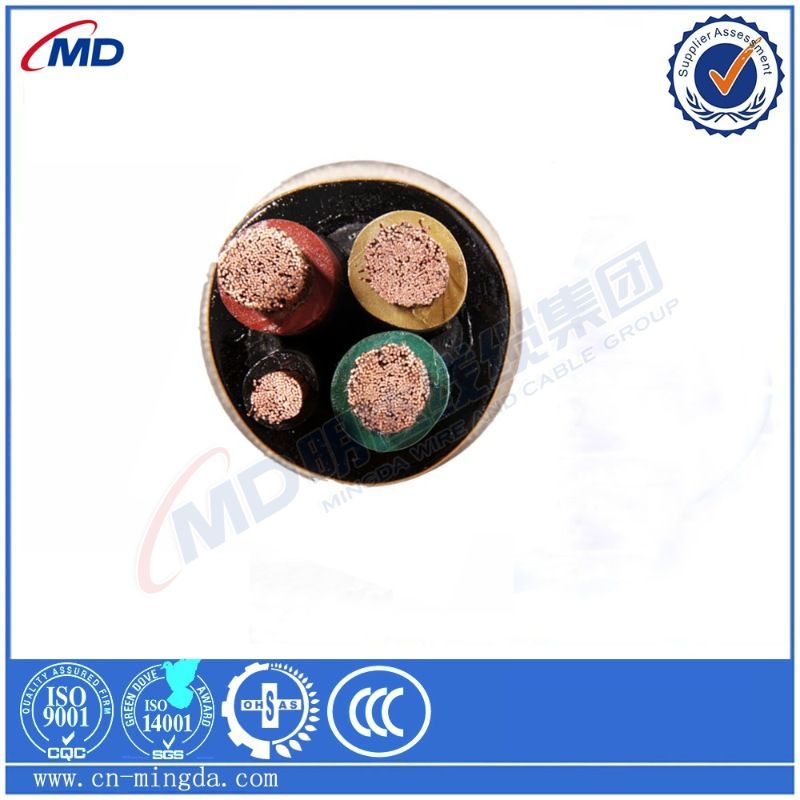10 月 . 10, 2024 19:41 Back to list
socket and resilient seat gate valve
The Importance of Socket and Resilient Seat Gate Valves in Modern Engineering
In the realm of fluid control systems, gate valves are crucial components, providing essential functionality in various industrial applications. Among the different types of gate valves, the socket and resilient seat gate valve has gained significant traction due to its unique design and performance characteristics. This article explores the features, advantages, and applications of socket and resilient seat gate valves.
Understanding Gate Valves
Gate valves are designed to allow or block fluid flow in a pipeline, operating under the principle of lifting a gate or wedge out of the flow path. They are primarily used in on-off applications where minimal pressure drop is desired. Among the various designs available, the socket and resilient seat gate valve stands out for its innovative configuration.
Design Features
Socket Connection The socket connection design facilitates ease of installation and ensures a tight seal. These valves can be socket-welded directly into the pipeline, providing a secure joint that can withstand high pressure and temperature conditions. This feature is particularly valuable in environments where leakage prevention is critical, such as chemical processing plants and water supply systems.
Resilient Seat The resilient seat, typically made from rubber or other elastomeric materials, enhances the sealing capability of the valve. Unlike traditional metal-to-metal seating, resilient seats offer superior sealing performance, reducing the chances of leaks and minimizing the need for maintenance. This characteristic prolongs the lifespan of the valve and decreases operational costs over time.
Advantages of Socket and Resilient Seat Gate Valves
1. Enhanced Sealing The resilient seat design provides a tighter seal compared to rigid seating mechanisms, making these valves ideal for applications requiring leak-free operation. They can efficiently handle a variety of fluids, including potable water, wastewater, and industrial chemicals.
socket and resilient seat gate valve

2. Ease of Operation Socket and resilient seat gate valves typically feature a smooth operating mechanism, enabling easy actuation. This design minimizes the required effort for opening and closing the valve, which is particularly important in large-scale operations.
3. Durability These valves are engineered to resist corrosion and wear, thanks to the high-quality materials used in their construction. They can endure harsh operating conditions, making them suitable for both indoor and outdoor applications.
4. Versatility The socket connection allows for flexibility in system designs, accommodating various piping configurations with ease. This versatility is advantageous in projects where space is limited or unique installation requirements must be met.
5. Cost-Effectiveness While the initial investment may be comparable to other valve types, the longevity and low maintenance needs of socket and resilient seat gate valves contribute to significant long-term savings. Reduced downtime and fewer repairs enhance overall operational efficiency.
Applications
The applicability of socket and resilient seat gate valves spans numerous industries. In municipal water supply systems, they are used to control the flow of drinking water and wastewater. In the oil and gas sector, these valves play a pivotal role in managing fluid transport and preventing leaks. Additionally, they are commonly found in industrial plants, HVAC systems, and fire protection systems, demonstrating their versatility across different operational contexts.
Conclusion
In summary, socket and resilient seat gate valves represent a sophisticated solution for fluid control in modern engineering. Their robust design, enhanced sealing capabilities, and versatility make them a preferred choice across various industries. As technology continues to evolve, these valves will likely remain an integral component in the design and operation of fluid systems, ensuring efficiency, safety, and reliability in fluid management. With their ability to meet the demands of contemporary engineering challenges, socket and resilient seat gate valves are poised to play a critical role in the future of industrial and municipal infrastructure.
Share
-
Understanding the Differences Between Wafer Type Butterfly Valve and Lugged Butterfly ValveNewsOct.25,2024
-
The Efficiency of Wafer Type Butterfly Valve and Lugged Butterfly ValveNewsOct.25,2024
-
The Ultimate Guide to Industrial Swing Check Valve: Performance, Installation, and MaintenanceNewsOct.25,2024
-
Superior Performance with Industrial Swing Check Valve: The Essential Valve for Any SystemNewsOct.25,2024
-
Industrial Swing Check Valve: The Ideal Solution for Flow ControlNewsOct.25,2024
-
You Need to Know About Industrial Swing Check Valve: Functionality, Scope, and PerformanceNewsOct.25,2024